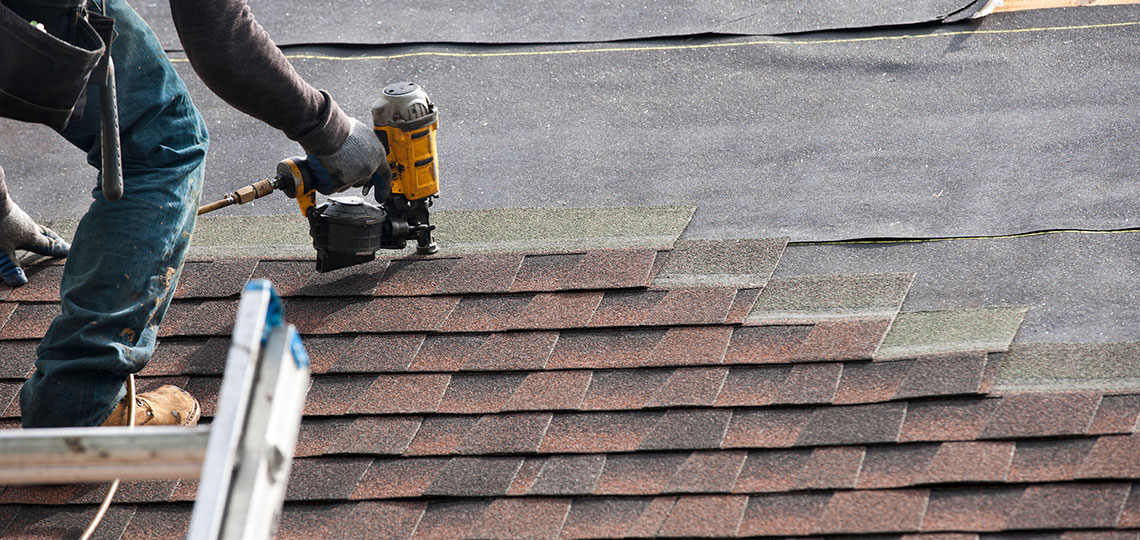Ideal Practices for Ensuring Correct Roofing Air Flow
A balanced intake and exhaust vent ratio, frequently 1:300, plays a pivotal function, with consumption vents ideally positioned at the lower edge of the roofing system for trendy air entrance and exhaust vents at the peak for cozy air departure. Maintaining insulation away from vents is essential to protect against air movement constraint.
Understand Ventilation Fundamentals
Effectively recognizing ventilation basics is crucial for ensuring the long life and performance of roof. Efficient ventilation mitigates moisture buildup and temperature extremes in the attic room, both of which can lead to substantial architectural damage gradually. A well-ventilated roofing system assists in stopping common concerns such as mold and mildew development, timber rot, and ice dams, which can compromise the integrity of the roof products and the underlying structures.
The primary objective of air flow is to assist in the movement of air, enabling for a regular exchange between the interior and outdoor atmospheres. This equilibrium is accomplished via a mix of consumption and exhaust vents that interact to keep ideal airflow. Consumption vents, normally located along the soffits or eaves, allow fresh air to enter the attic area, while exhaust vents, frequently located at or near the roofing ridge, make it possible for warm, damp air to get away.
Trick variables affecting the efficiency of roof covering air flow include appropriate positioning, ample sizing, and ensuring that both intake and exhaust vents are unobstructed. Regular examination and upkeep are important to identify possible blockages, damages, or ineffectiveness in the ventilation system, therefore protecting the roof covering's efficiency and toughness.
Kinds of Roofing System Vents
Roof vents play a critical role in preserving effective attic air flow and, by expansion, the general health and wellness of the roof covering system. Different types of roof covering vents are offered, each with one-of-a-kind benefits customized to certain roof demands. Ridge vents, as an example, are installed along the roofing's top, allowing cozy, damp air to leave from the attic room. They provide continual air flow and mix perfectly with the roofline, making them both efficient and aesthetically pleasing.

Soffit vents are mounted under the eaves and operate in tandem with roof vents to make sure a well balanced consumption and exhaust system. By allowing cooler air to enter from below, soffit vents help with the expulsion of warm air through upper vents. Gable vents, situated on the exterior wall surfaces of the attic, offer one more efficient service, specifically in homes with saddleback roofs.
Evaluate Your Current Air Flow

Next, take into consideration the age and condition of your roofing materials and air flow components. Older systems may not adhere to present building regulations or might have weakened with time, reducing their effectiveness. Conduct a complete exam to recognize any signs of damage, such as corrosion, damages, or spaces that might jeopardize the system's performance.
In addition, determine the attic room temperature level and humidity levels. High temperature levels and moisture can indicate insufficient ventilation.
Installation Best Practices
Effective setup of roof air flow systems is vital for guaranteeing ideal efficiency and long life. Correct installment starts with understanding the details air flow needs of the building and the roof it covers. This entails calculating the correct ratio of intake to exhaust vents, usually sticking to the 1:300 regulation, which stipulates one square foot of air flow for every single 300 square feet of attic floor space.

The positioning of vents is just as crucial. Intake vents should be set up at the roofing system's reduced side, frequently in the soffits, to allow trendy air to go into. Exhaust vents, on the other hand, need to be mounted near or at the roof covering's optimal to promote the departure of warm, moist air. This creates an all-natural air flow that aids maintain temperature level and wetness equilibrium within the attic room.
Seal all vent links diligently to stop air leakages and possible water seepage. Usage top quality materials and comply with supplier standards to guarantee resilience and efficiency. In addition, integrating ridge vents with baffles can dramatically boost air movement effectiveness by protecting against wind-driven rain and snow from getting in the attic room.
Eventually, specific installation of roof air flow systems reduces potential issues such as mold and mildew growth, ice dams, and architectural damages, making sure the roof covering's integrity and the building's general health and wellness.
Normal Maintenance Tips
Consistency in maintenance methods is basic to ensuring the long-lasting efficiency of roofing ventilation systems. During these evaluations, make certain that vents are totally free of particles, nests, and various other obstructions that could hamper air movement.
Make use of a soft brush or a vacuum to get rid of dust and particles from intake and exhaust vents. Be careful not to damage the More about the author vent displays or louvers during the process.
Proper insulation is just as essential. Ensure that attic insulation does not obstruct the vents, as this can severely limit air movement. investigate this site Reposition or replace it to keep a reliable obstacle. if any insulation has actually moved or worked out.
Finally, replace any type of harmed or missing components without delay. Busted vents, cracked roof shingles, or scrubby blinking can all add to poor air flow and must be dealt with right away. Routine maintenance ensures that the roofing ventilation system works ideally, consequently extending the life-span of the roofing system itself.
Verdict
Guaranteeing correct roof covering ventilation is extremely important for maintaining the performance and longevity of a roofing system. Adherence to the 1:300 intake and exhaust vent ratio, paired with the tactical placement of vents, is necessary.
A balanced intake and exhaust vent proportion, generally 1:300, plays an essential role, with intake vents preferably positioned at the reduced edge of the roofing for great air entrance and exhaust vents at the height for cozy air leave. Intake vents, commonly situated along the soffits or eaves, allow fresh air to get in the attic area, while exhaust vents, typically located at or near the roof covering ridge, enable warm, humid air to get away.
Soffit vents are mounted under the eaves and job in tandem with roof vents to make sure a balanced intake and exhaust system. By permitting cooler air to enter from below, soffit vents assist in the expulsion of hot air through top vents. Adherence to the 1:300 consumption and exhaust air vent ratio, combined with the tactical positioning of vents, is vital.